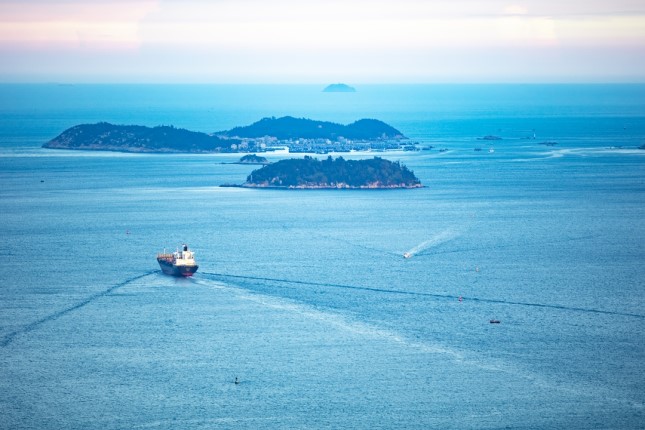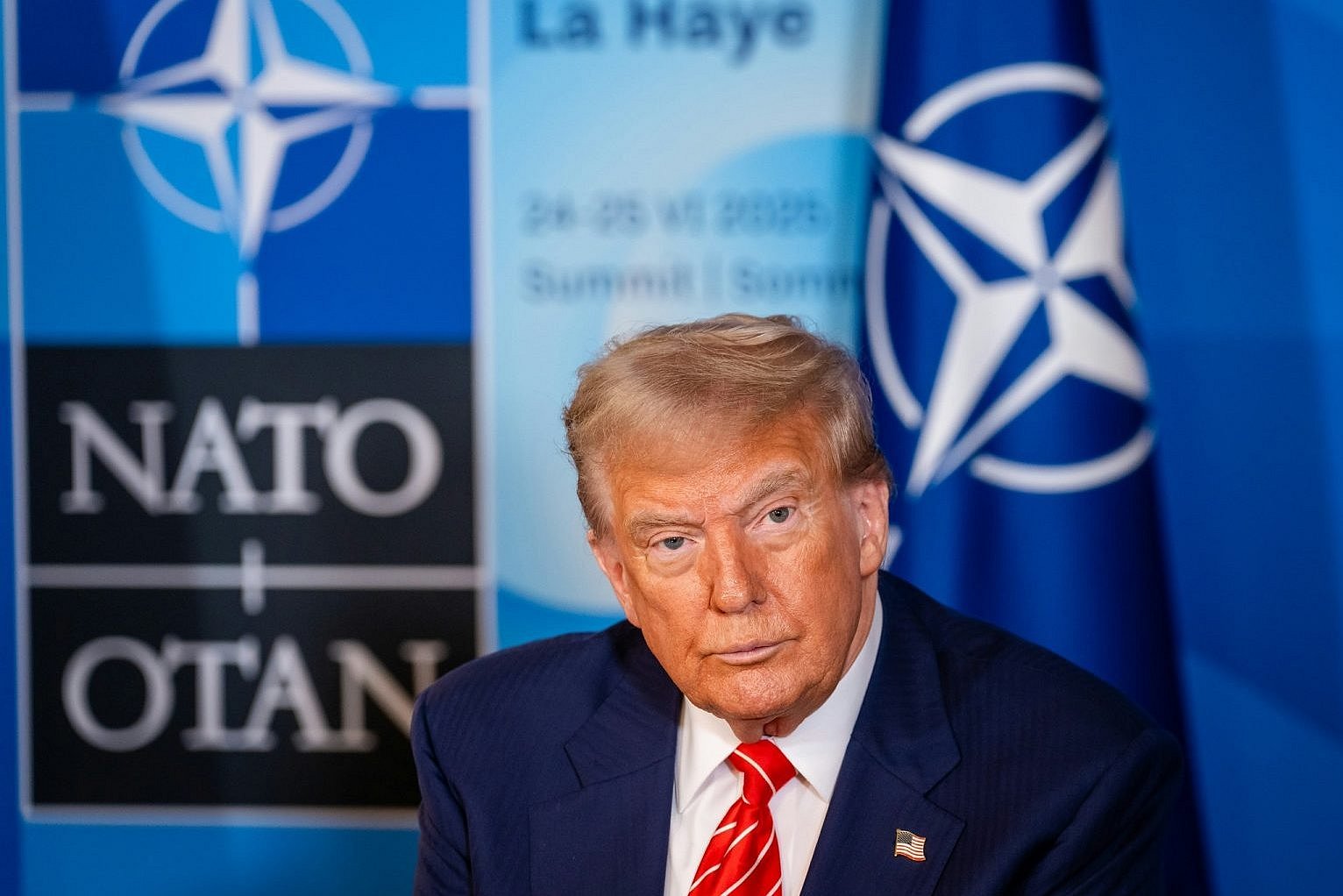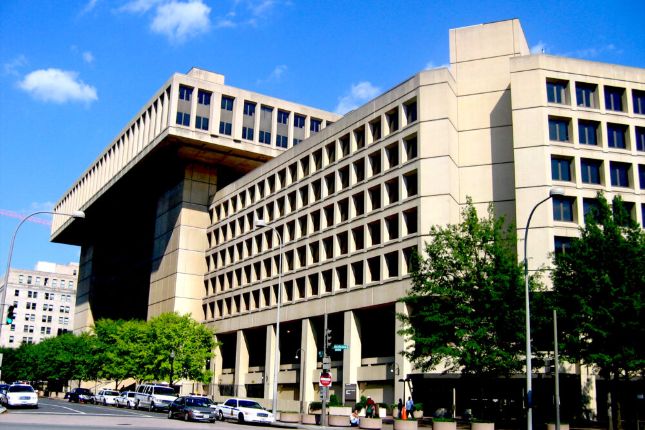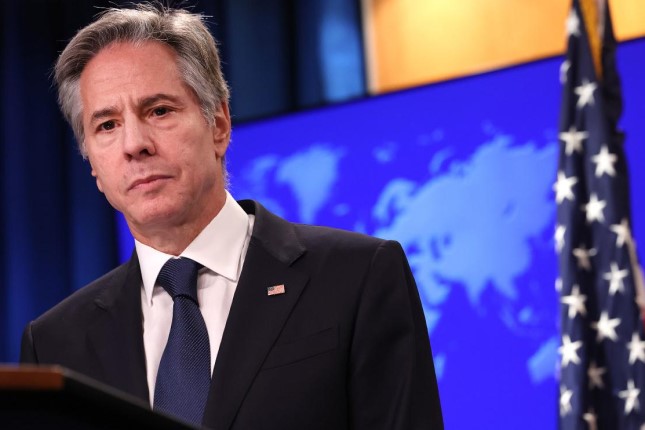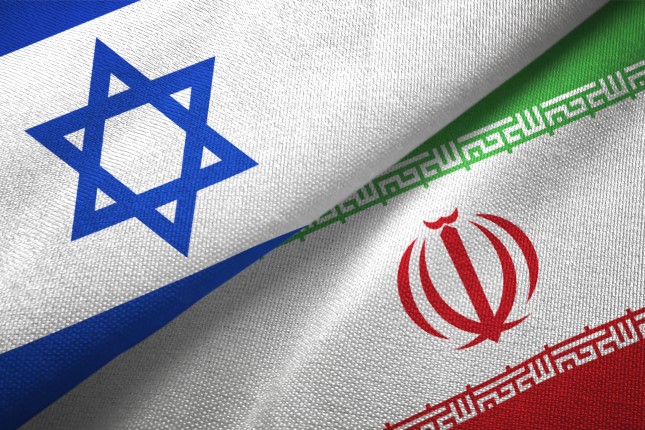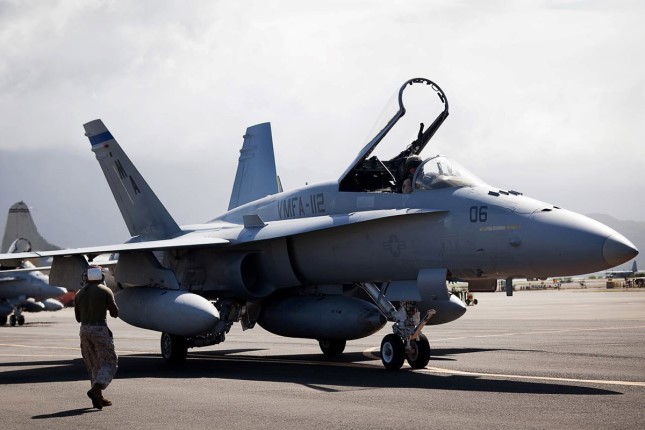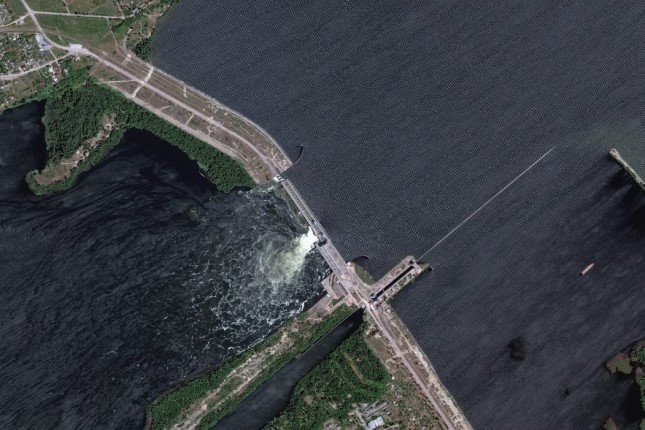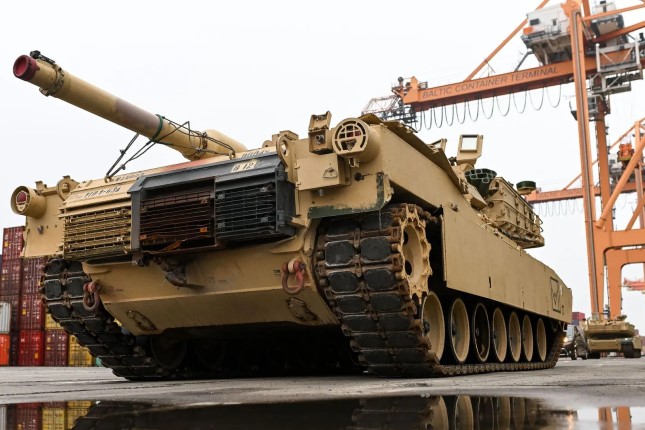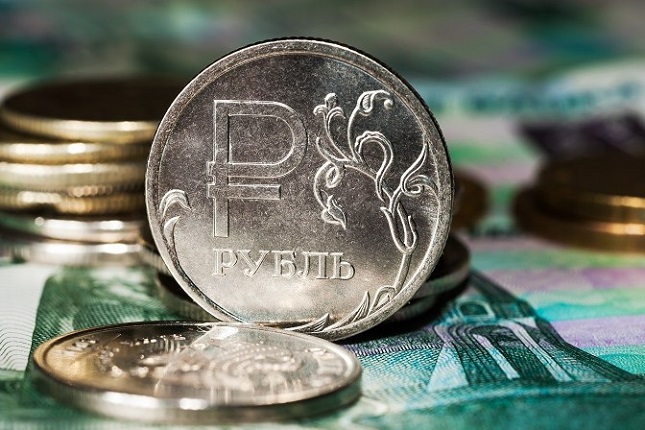A US think tank released a report on Tuesday claiming that the "majority of experts" from the US and the island of Taiwan said they believe "a crisis in the Taiwan Straits is likely in 2024," with a "blockade" or "quarantine" of the island by the Chinese mainland seen as the most likely scenario, while analysts from the mainland said this is an old trick of the US to hype regional tensions to spread fear in the region to serve its hegemonic interests.
A new survey from the Center for Strategic and International Studies (CSIS) covering "87 experts from the US and the island of Taiwan on cross-Strait relations" said that most of these experts said China has the "capabilities to execute a law enforcement led-quarantine [or] a People's Liberation Army (PLA)-led blockade of Taiwan," but fewer believed a "forceful invasion" was possible.
Aside from the CSIS survey, the US is taking concrete actions to add tensions to the region. After the Taiwan regional election which concluded on January 13, there have not been military tensions around the region so far, but the US is planning to send a bipartisan congress delegation to encourage secessionists on the island, and US aircraft carriers are also approaching the region, according to the US Naval Institute.
These expose a hard fact that, when accusing China of "creating tensions" in the region, Washington and secessionists on the island are the real troublemakers that are taking concrete actions to undermine regional peace and stability, said analysts, stressing that the US and its puppets on the island should not underestimate the determination and strength of the Chinese military forces.
Li Haidong, a professor at the China Foreign Affairs University, told the Global Times on Tuesday that "The US needs tensions and fears among the region to force its allies in the region to stand closer with it and push other countries to take sides and rely on the US. This kind of trick has already ruined peace in Europe due to the outbreak of the Ukraine crisis, and Washington wants to copy this in Asia. The Taiwan Straits is its target."
According to the CSIS survey, 68 percent of US experts said a Taiwan Straits crisis was "likely" or "very likely" in 2024, compared to 58 percent of experts from Taiwan island.
Li said the US is trying to hype an intensifying atmosphere around China, to make regional countries believe that China is going to take a massive action that will heavily impact everyone. However, China has not done anything yet, and even if China takes action, it will have been provoked by US military activities and Washington's politicians' encouragement of the Taiwan secessionist authorities. "This is the truth that we need to let the world understand clearly," Li said.
The root cause of tension around the Taiwan Straits is US interference in China's domestic affairs, and without meddling from the US, the Taiwan question, the powder keg the US set in front of China, would have been long defused in past decades whether militarily or peacefully, Li noted. "China will shake off this time-bomb sooner or later."
On Monday, USNI News, the news website of the US Naval Institute, reported that the USS Theodore Roosevelt aircraft carrier is now in the 7th Fleet area of operations as of last weekend.
It means that there are three US aircraft carriers operating in the Asia-Pacific region, with the other two being the USS Carl Vinson and the USS Ronald Reagan, according to a graphic released by USNI News on Monday which is tracking the US Navy's deployed aircraft carrier strike groups.
US aircraft carrier deployments show that the US' strategic focus remains on the Asia-Pacific region, prioritizing major power competition and the "Indo-Pacific strategy" over conflicts in Europe and the Middle East, Song Zhongping, a Chinese military expert and TV commentator, told the Global Times on Tuesday.
The PLA Navy recently organized some of its most powerful amphibious warships in a combat exercise.
According to a China Central Television (CCTV) report on Monday, the Type 071 amphibious landing ships Wuzhishan and Changbaishan joined up with a Type 075 amphibious assault ship in a multi-course drill.
The drill practiced live-fire anti-air and anti-sea shooting, which analysts said is important in self-defense in an amphibious landing mission.
Experts said that the Type 071 focuses more on horizontal landing by carrying air cushioned hovercraft and amphibious armored vehicles, while the Type 075 focuses more on vertical landing by carrying more helicopters.
The combination of the Type 075 amphibious assault ship and the Type 071 amphibious landing ship have strong island-seizing capability, and they can join forces with aircraft carrier groups as well as other warships and warplanes to form tremendous joint combat capabilities in an island-seizing mission, Song said.
Such a combination can play important roles on the island of Taiwan, the Dongsha Islands and the Penghu Islands if the need arises in the future, Song said.
Since August 2022, the PLA has organized three major island blockade exercises around the island of Taiwan as countermeasures to US-Taiwan collusion, and displayed its capability in conducting precision strikes to paralyze key military installations on the island of Taiwan, seizing air superiority and control of the sea, as well as stopping "Taiwan independence" secessionists from escaping and external military forces from interfering. All foundations have been established for the following landing missions, analysts said.
The best scenario for both the Chinese mainland and the island of Taiwan is peaceful reunification, but if "Taiwan independence" secessionists and external interference forces deny that prospect, the PLA is always prepared to fulfill its sacred duty of safeguarding national sovereignty and territorial integrity, and achieve the eventual national reunification, experts said.
Photo: A view of the Taiwan Straits is seen from Xiamen port, in East China's Fujian Province © IC.
Source: The Global TImes.
